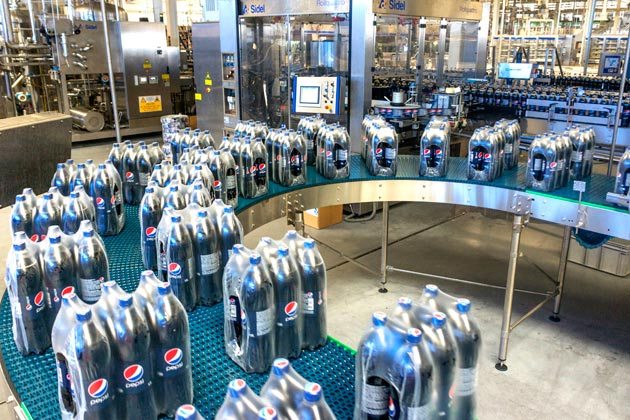Food And Beverage Manufacturing
Modern food and beverage manufacturing from the 19th and 20th centuries began mainly to serve military needs. In 1809 Nicolas Appert invented anairtight bottling technique used to preserve food for French troops that contributed to the development of tinning, followed by canning by Peter Durandin 1810. Canning was expensive and hazardous because lead was used in cans but later became a standard around the world. Louis Pasteur discoveredPasteurization in 1864; this process improved the quality of preserved foods and was introduced to preserve wine, beer, and milk preservation.In western Europe and North America, the second half of the 20th century witnessed a rise in the pursuit of convenience. Food processing companies inwestern Europe and North America marketed their products during the second half of the 20th century to middle class working wives and mothers. Frozenfoods were a sales success in juice concentrates and TV dinners. Food and beverage manufacturing utilized the value of time to appeal to the postwarpopulation and today, this same appeal contributes to the success of convenience foods.
Benefits And Risks Of Food And Beverage Manufacturing
The benefits of food and beverage manufacturing today is the removal of toxins, preservation, increased food consistency, andsimple marketing & distribution.Food and beverage manufacturing also increases yearly availability of many foods, allows for transportation of perishable foods across longdistances and makes many foods safe to eat by removing micro organisms that cause spoiling. Modern grocery stores only exist as a direct resuld of modernfood and beverage manufacturing techniques. Modern food and beverage manufacturing techniques are also credited for transportation food and beverageproducts across long distances. Modern food and beverage manufacturing techniques also play a role in the improvement of the quality of life for people
with allergies, diabetics, and other people who cannot consume some common foods.
All processing of food affects its nutritional density. The amount of lost nutrients will depend on the food and processing methods.Using food additives raises another safety concern; the health risks of any additive will vary from person to person; take for example using sugar as afood additive could affect persons with diabetes. Certain additives can also result in addiction to particular foods. As these effects are discovered,laws are changed to regulate these issues and practices constantly change to make food and beverage manufacturing safer.
Food and beverage manufacturing is a mechanical process that utilizes mixing, chopping, grinding, and integration of equipment in the production process.These processes do introduce a number of potential contamination risks. As mixing bowls or grinders are used over long periods of time, the food contact parts will eventually fracture and fail. This type of failure introduces brings small and large metal contaminants into the production line. Continuing food and beverage manufacturing with these metal fragments can result in equipment failure and the risk of ingestion by consumers. Food and beverage manufacturers utilize industrial-grade metal detectors to automatically locate and reject any metal fragments during production. Large food and beverage manufacturing processors utilize several metal detectors within the production line to prevent consumer health risks and reduce the damage of industrial equipment.
To learn more about food and beverage manufacturing or for food and beverage manufacturing equipment repair and replacement, contact Precision Electric.







